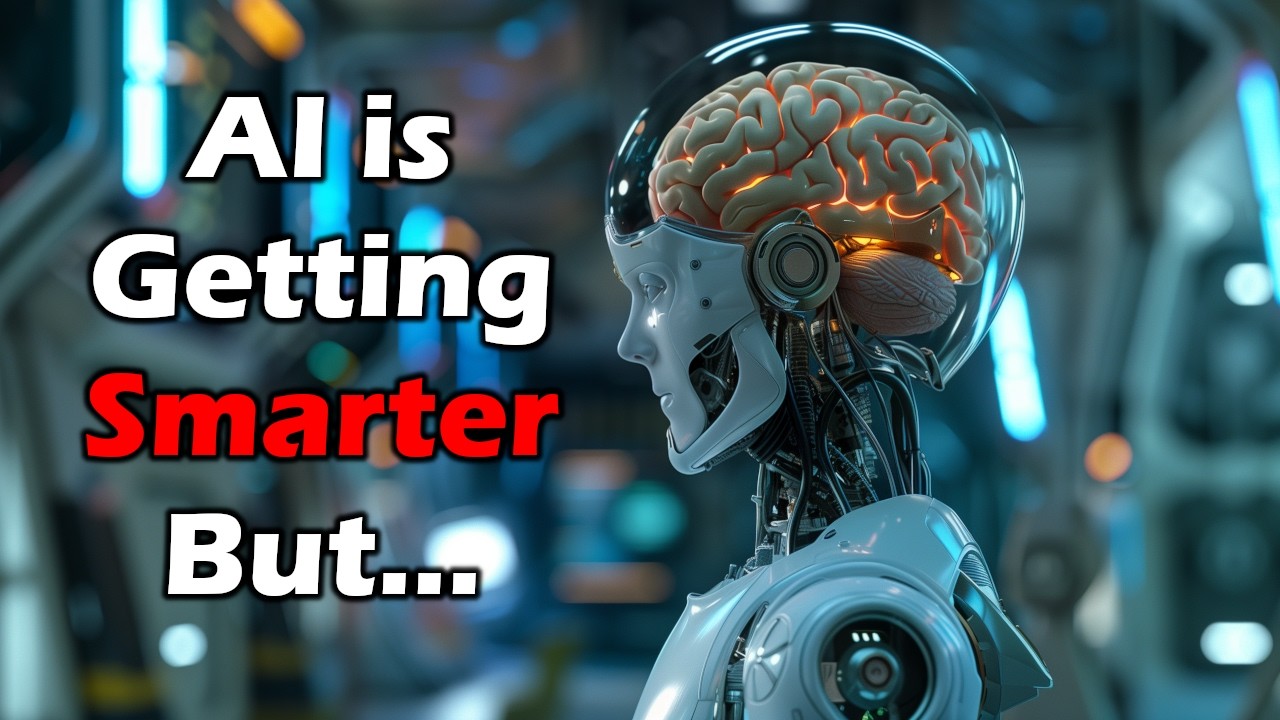The video discusses three key challenges in the adoption of AI: the transition into a downturn in the Gartner hype cycle, the friction in integrating AI into existing workflows, and the potential job displacement in certain sectors. The speaker emphasizes the need for businesses to understand AI as a crucial competence and encourages individuals to enhance their skills in AI tools to adapt to the evolving job landscape.
In the video, the speaker discusses three main issues related to the adoption of artificial intelligence (AI): the Gartner hype cycle, the friction of AI adoption, and the impact of AI on jobs over the next few years. They explain that according to industry insiders, AI is entering a downturn in the Gartner hype cycle, moving from the peak of inflated expectations into the trough of disillusionment. This transition is expected to result in increased negativity and skepticism surrounding AI, with less venture capital investment and more critical news coverage highlighting the technology’s limitations.
The speaker emphasizes that despite AI models becoming smarter, faster, and cheaper, there is significant friction in their widespread adoption. They illustrate this by comparing AI models to a highly intelligent brain trapped in a jar, lacking the physical means to interact with the world. The challenge lies in integrating these models into existing workflows and systems. The need for effective APIs (application programming interfaces) is highlighted, as they are essential for facilitating communication between different software programs and enabling AI to function effectively in various contexts.
The discussion also touches on the historical context of technological innovations, drawing parallels to Bluetooth technology, which emerged before its practical applications were fully realized. The speaker suggests that AI is at a similar stage, where although it presents exciting possibilities, the integration and infrastructure required to leverage its full potential are still developing. They mention ongoing efforts to create cognitive architectures and improve interfaces to help AI interact with electronic information in a manner akin to human interaction.
In terms of job impacts, the speaker notes that certain sectors, such as digital art, music, and copywriting, face higher risks of job displacement due to AI. However, they also point out a potential trend of companies realizing that human oversight and expertise are still necessary, leading to a return of some roles that were initially eliminated. This cyclical pattern mirrors past trends in offshoring, where companies shifted jobs overseas only to bring them back due to various challenges.
Finally, the speaker stresses the importance of understanding AI as a fundamental business competence. They advocate for individuals to familiarize themselves with AI tools and their limitations, positioning AI proficiency as essential for future employment. The call to action encourages viewers to enhance their skills in prompt engineering and explore AI solutions to boost productivity, aligning with the expectation that all professionals will need to adapt to and utilize AI in their work environments moving forward.
